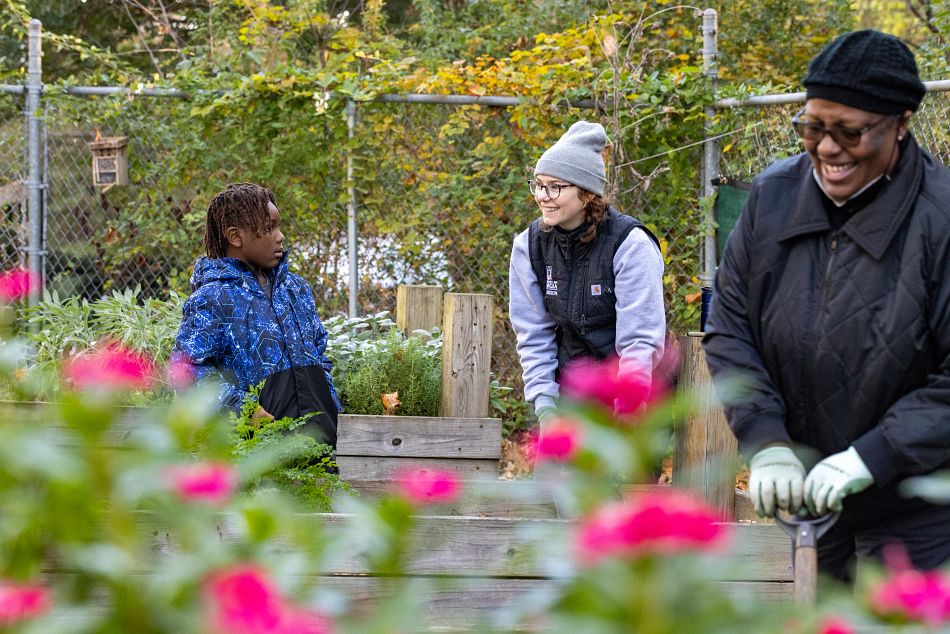I have visited thousands of gardens over the past 20 years. A few of them have clearly been major failures. Many have been fair to good. But a few have been truly outstanding.
You know the type - picture-perfect, with beautiful,
scrumptious vegetables that
would make any gardener proud. Just like those gardens
featured on the cover of many seed
catalogs.
What separates beautiful gardens from the bad and the ugly?
Real gardeners know that no single gardening practice will make a "silk purse out of a sow's ear." Proper tillage, adequate fertility and water and effective pest control are all necessary. But they're not enough.
The best gardening practices, beginning with the moment you put the seed or transplants into the soil, can't overcome the limitations of a poorly adapted cultivar.
Regardless of how well you manage and manicure your garden vegetables, poor cultivars will haunt you. They will limit your success from the get- go.
There is a better way. Select and plant the best-adapted and the most productive cultivars in your garden.
Identifying the best cultivars is job-one. Use these tried and proven techniques to make "best cultivar" selection easy and fun.
Begin Early. When is the best time to start selecting cultivars for the next gardening season? The previous season.
Pay close attention to the cultivars you plant, and make notes on their performance. Outstanding cultivars this year may well be the best ones for next year.
But you'll need records, particularly cultivar names and seed sources. It's amazing the number of times I hear gardeners say, "Those beans (or peas, corn, squash) I planted last year were the best ever. But I don't remember the name of that cultivar. Help!"
Check Out Seed Catalogs. Seed catalogs have pictures of some of the most beautiful vegetables you will ever see. They also have volumes of information on cultivars.
Remember, though, some seed companies may be a little biased toward their own cultivars.
Discuss Varieties with Gardening Friends. Gardeners enjoy talking about their gardens, especially bragging on the high-yielding, high- quality cultivars they've discovered.
A visit with them in their garden during the season can prove especially helpful. See for yourself what performs the best.
Conduct Your Own Scaled-Down Variety Evaluation. The best "hands-on" way to learn about vegetable cultivars is to try appealing varieties on a limited scale in your garden.
If your garden is small, plant just a few feet of row to new, interesting cultivars. If you have a large garden, use one or more rows for testing new cultivars.
Don't forget, for cultivar evaluations to be helpful, you must keep good records.
Your County Extension Service Office. A nearby, unbiased source of information is your county extension office.
County extension agents can provide published information on vegetable cultivars. In many cases, they may know from experience the best for your area.
In
searching for the best cultivars for your garden, look for
those with good disease
resistance that yield well and produce high-quality
vegetables.
With a little effort, keen eyes, open ears and an open mind, you can select the very best for your garden.
Who knows? With the best cultivars, some hard work and a little luck, your garden may be the one pictured on the front cover of next year's seed catalog.






